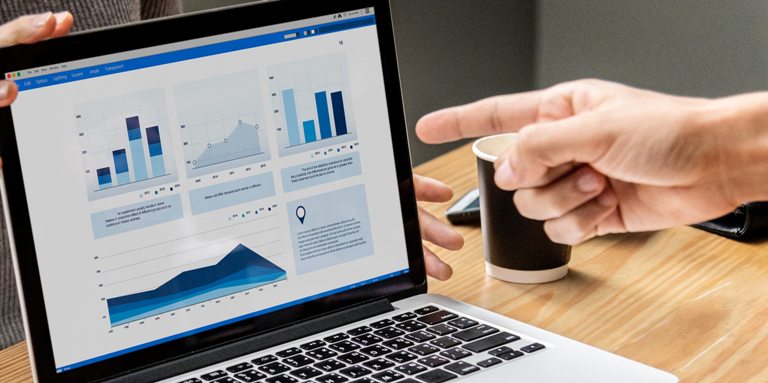The Levers For Maximizing Revenues Immediately
“You must understand and proactively exercise
your revenue levers.”
To fight a war, a country may have at its disposal an arsenal of resources and avenues: air force, army, navy, cyber warfare, public relations, war propaganda, etc. When, where and how each is leveraged determines the outcome of each battle and ultimately the war. The successful overall war strategy must include integrated battle plans that exercise the right combination of levers.
Integrated Approach
Similarly, to drive revenues a company has several levers at its disposal. However, companies often do not develop and follow an integrated approach to driving revenues. Responsibility for revenue generation falls solely within the sales department's purview. Too often, individual salespeople independently develop their own approach to drive their own sales.
Revenue levers can have either a long-term or short-term effect. Developing new products/services is an example of a longer-term revenue lever. Companies are better at managing longer-term levers, but they often do a poor job of leveraging or optimizing a mix of short-term levers.
Short-term Levers
Some businesses do excel at optimizing short-term levers. Consider the case of a flea market vendor. She arranges her wares in a calculated manner, first to attract attention, and second to highlight her best-selling items. If during the day, she notices the customer's interest shifting to different items, she reconfigures her layout of items to maximize sales.
Larger retailers follow a similar approach. The store layout and items displayed during the Christmas holiday season are quite different than what you will find before Valentine's Day.
Other industries that have developed the art and science of leveraging short-term levers include airlines, hotels, and internet retailers. Airlines and hotels constantly vary prices and promotions to match seasonal demand patterns and adjust prices on a daily basis to match demand against existing inventory. Since airlines and hotels have a perishable commodity (an empty seat on a flight is revenue lost forever), how well they manage their immediate revenues has a huge impact on their annual performance.
Internet companies like Amazon constantly adjust their top-of-list item displays based on each customer's shifting buying interests to "capture the moment" where they have the customer's "eyeballs."
Types of Levers
The levers for your company may include focusing on a mix of products/services to emphasize in the marketplace, targeting certain market and customer segments, leveraging specific marketing and sales messages, offering specific promotions and pricing, and other creative mechanisms based on your particular situation.
For example, movie studios target different market segments during different seasons. During the summer and winter holidays, they release movies targeting kids and families.
There are other examples of levers. One software company insisted customers buy all their software modules integrated as one system. The integrated system was suitable for larger customers with deeper pockets, but smaller customers could not afford it and did not need all the modules. As a result, smaller customers migrated to other solutions. After it recognized the alarming trend, the company decoupled its modules allowing smaller customers to buy the individual modules they needed. A small change in product configuration helped the company impact revenues immediately.
Ask yourself —
- How well do you leverage your short-term revenue levers?
- How nimble is your strategy to maximize immediate revenues?
- Do you manage your short-term revenues actively or passively?
— Ravi Kathuria, Author, "How Cohesive is Your Company?"
Share this Post
